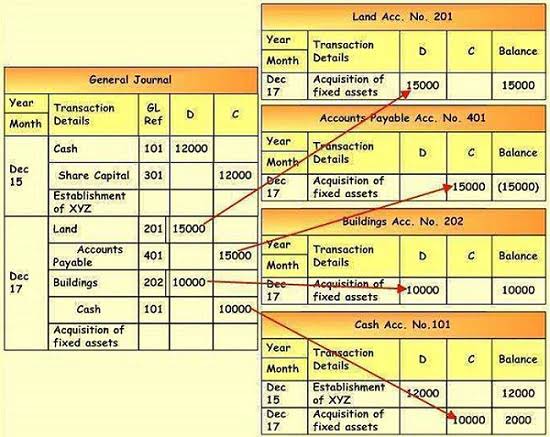
By analyzing the types, amounts, and trends of a company’s liabilities, it is possible to gauge its financial position, stability, and risk exposure. A company with too many liabilities compared to its assets may face cash flow problems or increased financial risk. Understanding a company’s liabilities can also help assess its ability to meet debt obligations and the potential for future growth. Contingent liabilities represent potential financial obligations arising from uncertain future events. Examples include lawsuits, guarantees, or promises that might result in monetary damages if the list and define the three types of liability: event occurs. While these liabilities do not have a definite value or outcome, they can significantly impact a company’s financial position and creditworthiness.
A positive net worth indicates that a company has more assets than liabilities, while a negative net worth indicates that a company’s liabilities exceed its assets. Measuring a company’s net worth helps stakeholders evaluate its financial strength and overall stability. Contingent liabilities are potential future obligations that depend on the occurrence of a specific event or condition. These liabilities may or may not materialize, and their outcome is often uncertain. Examples of contingent liabilities include warranty liabilities and lawsuit liabilities.
However, many countries also follow their own reporting standards, such as the GAAP in the U.S. or the Russian Accounting Principles (RAP) in Russia. Although the recognition and reporting of the liabilities comply with different accounting standards, the main principles are close to the IFRS. A tort victim may have various potential remedies available under tort legislation. A remedy is a kind of relief accessible to the individual who has made a mistake. As a result, tort liability may take many shapes depending on the facts of the occurrence. Tort responsibility is generally related to monetary damages; however, some types of culpability may result in alternative remedies (such as a restraining order or an injunction).

Your email address is required to identify you for access to the Berxi website. You may also receive newsletters, communications about quotes Restaurant Cash Flow Management and/or policies, or additional information on liability insurance and how it may benefit you. General liability insurance (GL) covers claims relating to bodily injury, property damage, or personal injury to third parties (meaning not you or your employees). Another popular calculation that potential investors or lenders might perform while figuring out the health of your business is the debt to capital ratio. See how Annie’s total assets equal the sum of her liabilities and equity?

A child, playing in a yard two blocks away is hit by a piece of flying rock, causing a deep laceration. ABC Construction was just going about its business, and took the usual precautions for such blasting, so negligence isn’t an issue. You record liabilities on the right side of the balance sheet while you record assets on the left side of the balance sheet. The outstanding money that the restaurant owes to its wine supplier is considered a liability.
A lower debt to capital ratio usually means that a company is a safer investment, whereas a higher ratio means it’s a riskier bet. Current liabilities are debts that you have to pay back within the next 12 months. The structure of your business influences everything from taxes to day-to-day operations. Browse Investopedia’s expert written library to learn about sole proprietorships, LLCs, S-Corp, C-Corp, and more.


As businesses continuously engage in various operations, their liability position can change frequently. The impact of these liabilities can significantly influence a company’s financial statements, making it essential for businesses to monitor, manage and strategically plan their liability structure. Familiarity with these concepts can help stakeholders make informed decisions about a company’s financial well-being and future prospects. In accounting, liabilities represent obligations or debts due to various entities such as employees, suppliers, lenders, and government agencies.
This obligation to pay is referred to as payments on account or accounts payable. A contingent liability is an obligation that might have to be paid in the future but there are still unresolved matters that make it only a possibility, not a certainty. Lawsuits and the threat of lawsuits are the most common contingent liabilities but unused gift payroll cards, product warranties, and recalls also fit into this category.